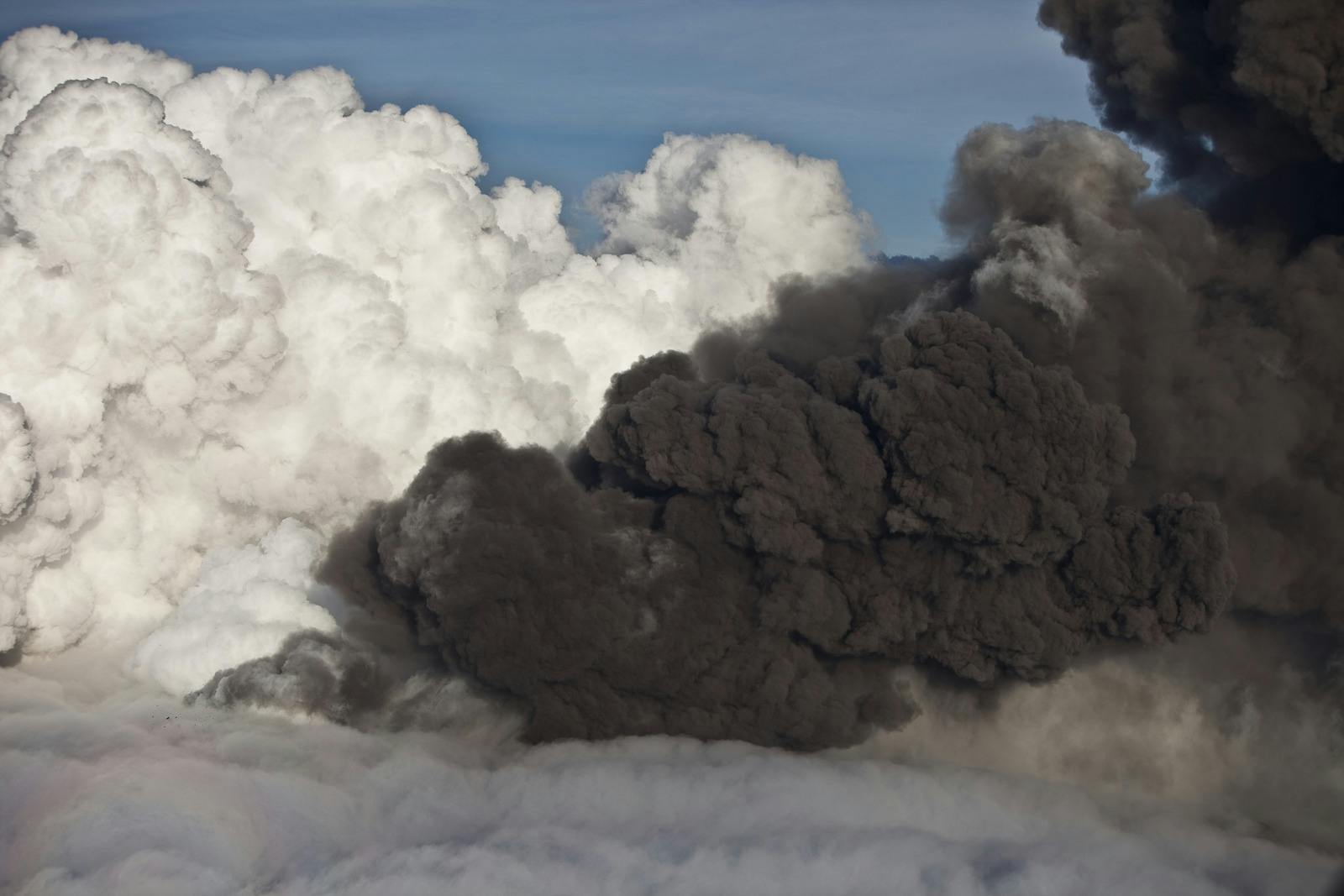
What is a Phreatomagmatic Eruption?
A phreatomagmatic eruption is a type of volcanic eruption that results from the explosive interaction between magma and water. When magma touches groundwater, surface water, or water-rich rocks, it rapidly converts water into steam. The explosive release of steam and the fragmentation of magma and surrounding rocks produce a mix of ash and other pyroclastic materials and fragments of overlying and adjacent rocks.
What are the Key Features of Phreatomagmatic Eruptions?
The primary driving force behind phreatomagmatic eruptions is the rapid expansion of steam when water is heated by magma. The pressure build-up from the steam can result in explosive bursts of volcanic activity.
Other key features include:
- The key ingredient for a phreatomagmatic eruption is the presence of both magma and water. This water can come from lakes, rivers, groundwater, or glaciers.
- Explosive eruptions: When magma comes into contact with water, the water boils instantly, creating a massive amount of steam. This rapidly expanding steam creates a powerful explosion that can shatter rock and propel volcanic ash high into the atmosphere.
- Ash and debris: Phreatomagmatic eruptions produce a lot of ash, which can consist of both fragments of solidified magma (tephra) and broken rock from the vent. The ash clouds from these eruptions can be very dense and can cause widespread disruption to air travel.
- Unlike purely phreatic eruptions, which only expel pre-existing rock fragments, phreatomagmatic eruptions also erupt new material that comes directly from the magma. This material can be in the form of ash, pumice, or even lava flows.
- Eruptions can range in intensity from relatively small blasts to large-scale explosions that can devastate entire regions. The intensity of the eruption depends on the amount of water that interacts with the magma, as well as the composition of the magma itself.
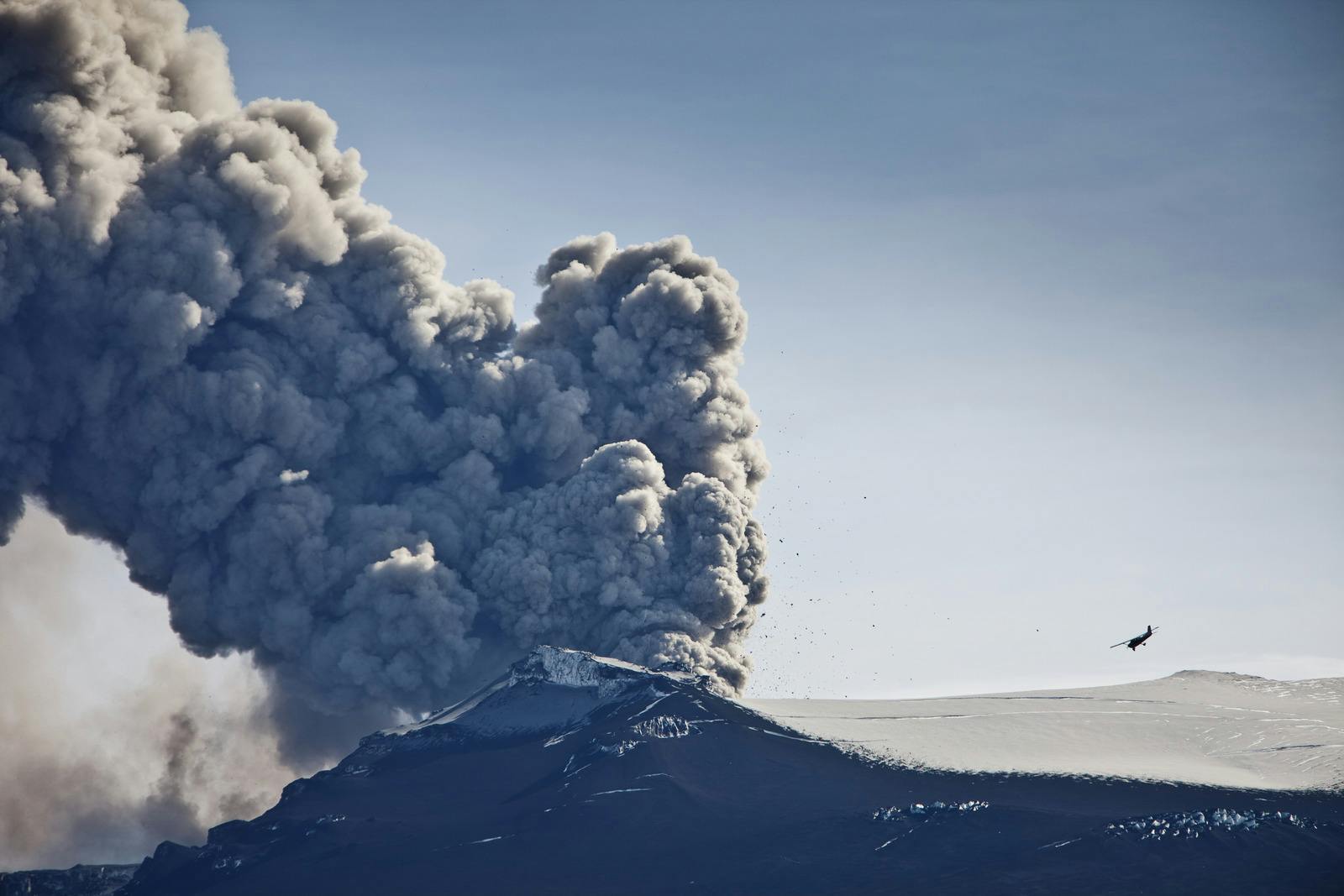
Where can Phreatomagmatic Eruptions Occur?
Phreatomagmatic eruptions can occur in volcanic settings where magma touches water, leading to explosive interactions. These settings can be found throughout Iceland, where the volcanic vents or craters are situated in wetland or in a bog, in a lake and also in shallow sea. All subglacial eruptions in Iceland are phreatomagmatic.
Are Phreatomagmatic Eruptions Dangerous?
Phreatomagmatic eruptions can be dangerous as they involve the explosive interaction between magma and water, leading to the rapid conversion of water into steam and the release of volcanic materials. Several factors contribute to the hazards associated with phreatomagmatic eruptions, including explosivity, projectile hazards, ashfall, and gas emissions.
Have There Been Phreatomagmatic Eruptions in Iceland?
Iceland has frequently experienced phreatomagmatic eruptions in its volcanic history. The last one was the 2011 eruption in Grímsvötn in Vatnajökull glacier. A very powerful phreatic eruption took place in the Veiðivötn area, Central Iceland in 1477. It completely changed the surrounding landscape, creating water filled craters, hills, lakes and a black volcanic desert.
The eruption had notable phreatomagmatic characteristics, showcasing the explosive force generated by the interaction of magma with water.
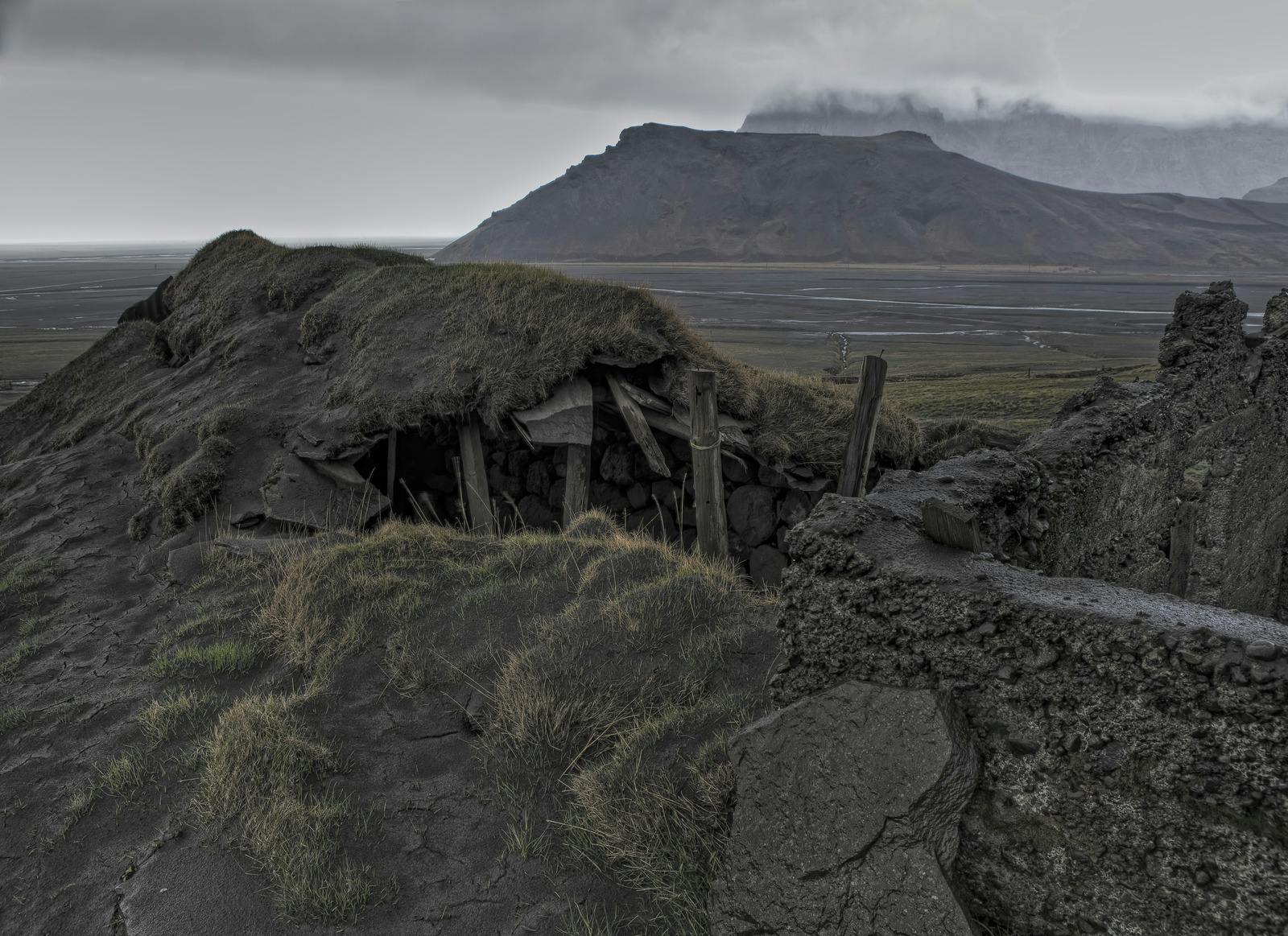
Learn About Volcanoes at Perlan in Reykjavík
Perlan’s Forces of Nature exhibition allows guests to feel the immense power of volcanoes, earthquakes, and geothermal energy that powers the island. In the heart of Reykjavík, guests can learn about the volcanoes that form when heat and pressure build up beneath the earth’s surface. The earth’s weak points tend to be along fault lines where tectonic plates converge or diverge, as in Iceland’s case. The exhibition is a unique, family-friendly museum experience that entertains and informs.
What is magmatic vs phreatomagmatic?
Magmatic and phreatomagmatic eruptions are two types of volcanic eruptions distinguished by the interaction between magma and water, but they are somewhat different. Magmatic eruptions involve the expulsion of molten rock (magma) from beneath the earth’s surface onto the earth’s surface or into the atmosphere. Its characteristics are flows of molten rock (lava) released and moving across the surface and ejection of volcanic gases, ash and other materials. These eruptions are typically less explosive than other types of eruptions.
Meanwhile, phreatomagmatic eruptions occur when magma comes into contact with water, resulting in explosive interactions and the release of steam, ash, and other volcanic materials. However, they are typically more explosive compared to purely magmatic eruptions.
The key distinction lies in the presence of water. Magmatic eruptions involve the release of molten rock, while phreatomagmatic eruptions involve the explosive interaction between magma and water, releasing steam and volcanic debris. The nature and intensity of these eruptions depend on factors such as the amount of water, the depth of the magma, and specific geological conditions. Both types of eruptions can pose hazards to surrounding areas and require careful monitoring by scientists.
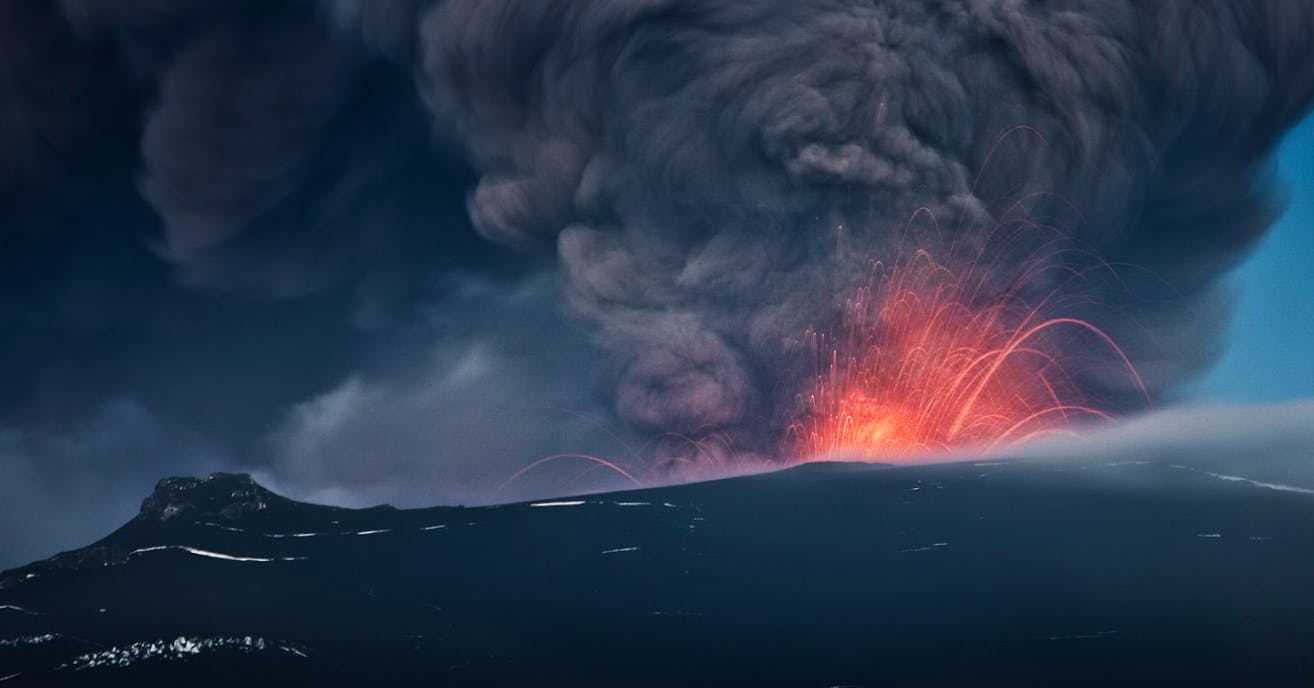
Phreatomagmatic Eruptions FAQ
Can Phreatomagmatic Eruptions be Predicted?
Phreatomagmatic eruptions can occur suddenly and without significant warning, making them challenging to predict.
Should I be concerned about phreatomagmatic eruptions when visiting Iceland?
The Icelandic Met Office closely monitors Iceland’s volcanic systems, and alerts are in place if an eruption occurs. Scientists monitor earthquakes and any indication that a system may erupt in the near future. There is no need to worry when visiting Iceland.
What makes phreatomagmatic eruptions different from regular volcanic eruptions?
Regular eruptions are driven by gas expansion in magma, while phreatomagmatic eruptions are fueled by violent steam explosions when hot magma touches water.
What are some signs that a phreatomagmatic eruption might be happening?
Look for sudden, explosive ash plumes with lots of steam. These eruptions can be triggered by heavy rainfall near a volcano or by magma meeting groundwater.
What kind of volcanic rocks are formed by phreatomagmatic eruptions?
Phreatomagmatic eruptions often create fine-grained, glassy rock called hyaloclastite due to the rapid cooling of magma by water.
Popular articles
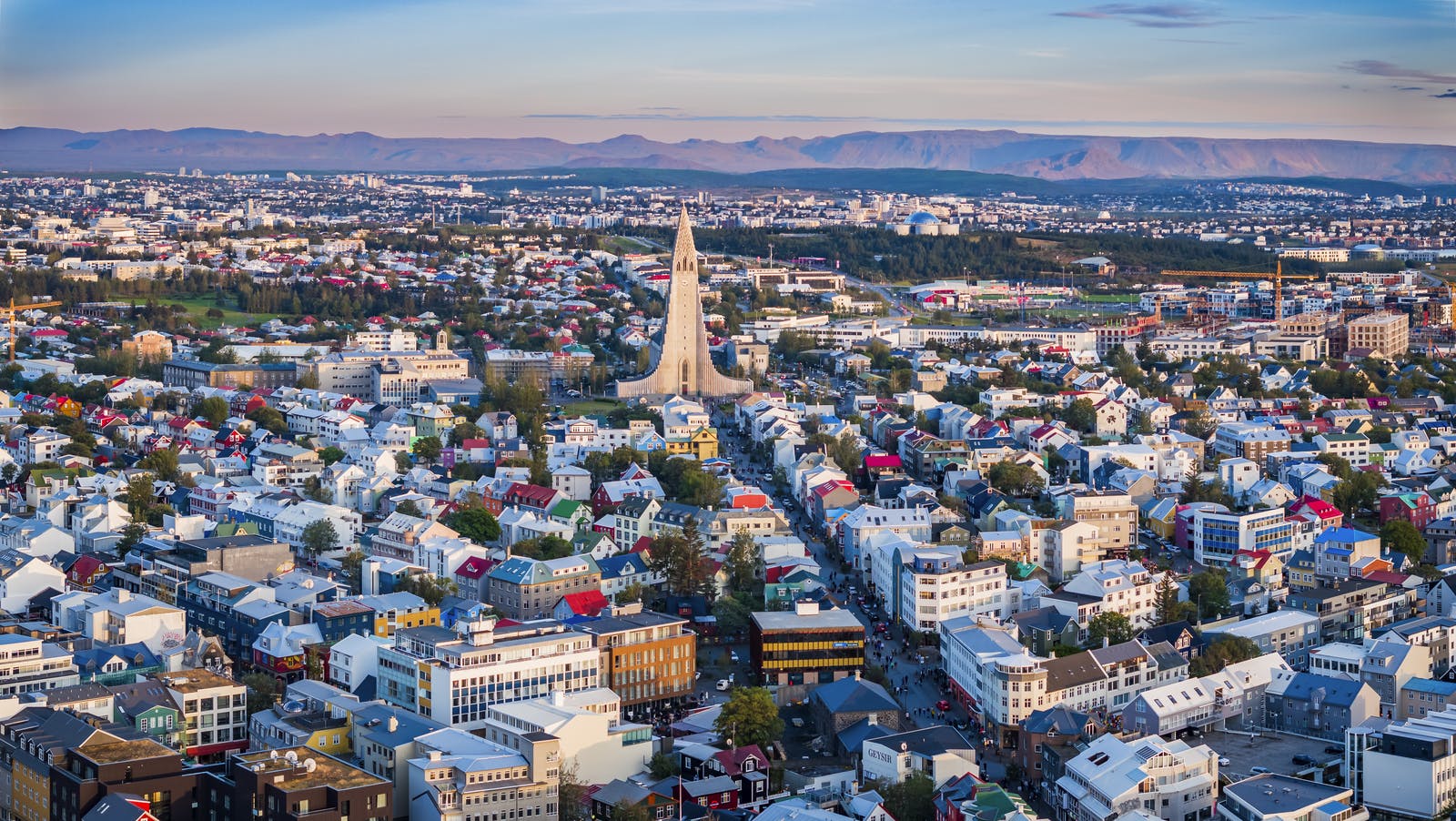
Things To Do In Reykjavík In June
Discover the best of Reykjavík in June: midnight sun adventures, vibrant festivals, and unique cultural experiences. Make your trip unforgettable!

The New Eruption May 29th 2024 near Reykjanes!
From rising magma at Svartsengi to an eruption on May 29th, 2024! See all updates of the volcanic activity on Iceland's Reykjanes Peninsula Sundhnúkur Crater Row.

Sundhnúkagígar Crater Row Volcanic Eruptions
The anticipated volcano has erupted in the Reykjanes Peninsula, the site is being called Sundhnúkagígar Crater Row. See the historic insights on the seismic activity and volcanic eruptions.

Earthquakes in Iceland
Earthquakes in Iceland are a fact of life. Each year, hundreds of small tremors shake the earth, a reminder of the country’s position on a tectonic plate boundary.

Volcano Museums and Exhibitions in Iceland
If you don't manage to visit an actively erupting volcano in Iceland - Experience its force at one of these excellent volcano museums and exhibitions in Iceland.

Top 10 Places To See the Northern Lights in Iceland
You can see the northern lights across the country, but some spots are more suitable than others. Find the best place to see the northern lights in Iceland.

Ice Caves From Reykjavik
Travel beyond the capital for a closer look at an ice cave under one of Iceland’s glaciers. If you can’t spare the time, experience Perlan’s ice cave in Reykjavik.